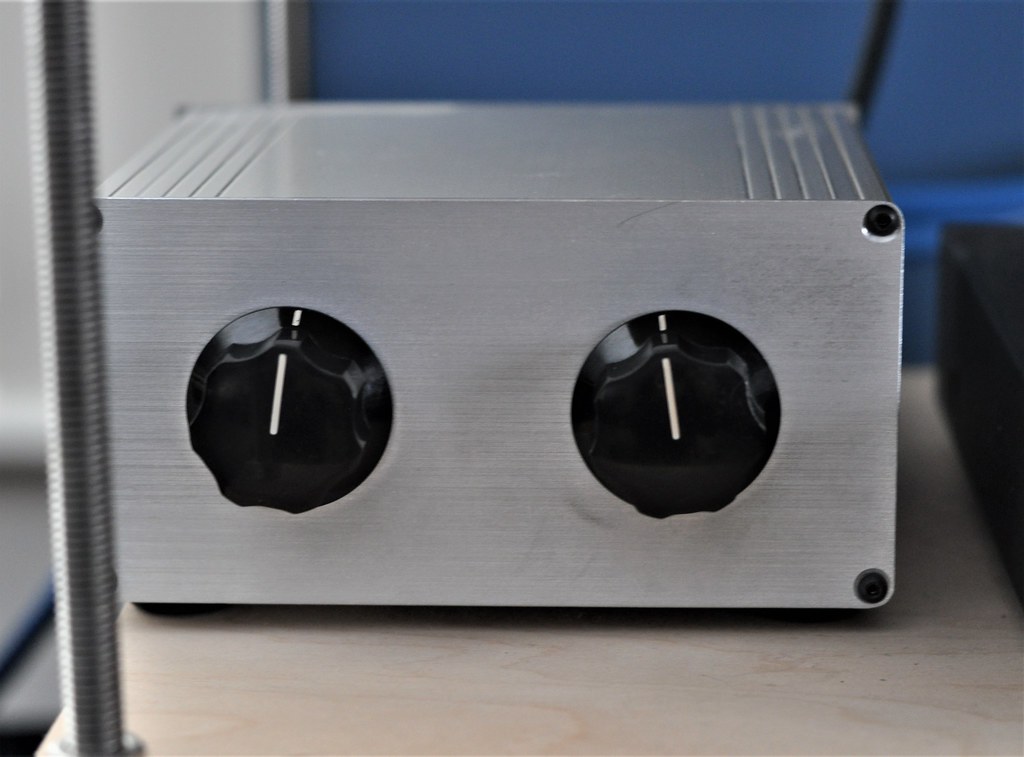AudioLover
Member
Hello all! Just new to the forum and would like to share my first handmade passive preamp! In fact, before that I've also shared my work through several diy audio forums, but sadly just very few of them could understand the principles. Wish to meet those here!
Lots of fun to make it successfully amplifying and tuning sound quality in thick bass or accurate positioning
 Attached below with some images about the attenuator, transformer, casework etc., you guys may also take a look at the schematic for the whole circuit. Those attenuator and transformer are handcrafted and manufactured from my hometown Hong Kong, which I really appreciate the sound quality and technology applied.
Attached below with some images about the attenuator, transformer, casework etc., you guys may also take a look at the schematic for the whole circuit. Those attenuator and transformer are handcrafted and manufactured from my hometown Hong Kong, which I really appreciate the sound quality and technology applied.
I am looking forward to discussing my work with all of you! Feel free to ask me anything about it.

Lots of fun to make it successfully amplifying and tuning sound quality in thick bass or accurate positioning

I am looking forward to discussing my work with all of you! Feel free to ask me anything about it.
Attachments
-
 Core2.jpeg134 KB · Views: 948
Core2.jpeg134 KB · Views: 948 -
 Top.jpeg45.6 KB · Views: 997
Top.jpeg45.6 KB · Views: 997 -
 Transformer and Switch.jpeg63.8 KB · Views: 1,045
Transformer and Switch.jpeg63.8 KB · Views: 1,045 -
 VR1.jpeg36.4 KB · Views: 646
VR1.jpeg36.4 KB · Views: 646 -
 VR2.jpeg39.6 KB · Views: 660
VR2.jpeg39.6 KB · Views: 660 -
 VR3.jpeg48.9 KB · Views: 716
VR3.jpeg48.9 KB · Views: 716 -
 VR4.jpeg141.1 KB · Views: 986
VR4.jpeg141.1 KB · Views: 986 -
 Back.jpeg49.9 KB · Views: 737
Back.jpeg49.9 KB · Views: 737 -
 Back2.jpeg89.1 KB · Views: 740
Back2.jpeg89.1 KB · Views: 740 -
 Core.jpeg67.3 KB · Views: 1,380
Core.jpeg67.3 KB · Views: 1,380 -
 Transformer-min.jpeg888.5 KB · Views: 871
Transformer-min.jpeg888.5 KB · Views: 871 -
Schematic.pdf24 KB · Views: 301
Last edited:


 DSC_4219 (2)
DSC_4219 (2)